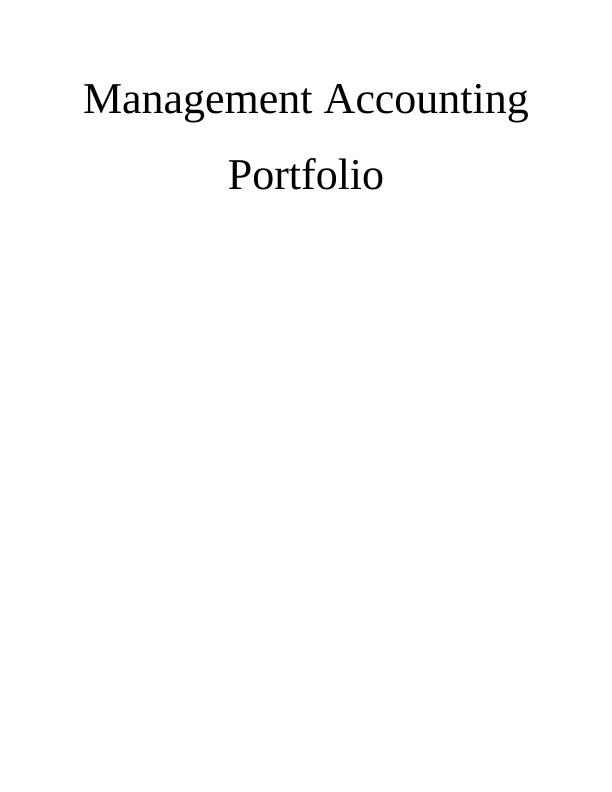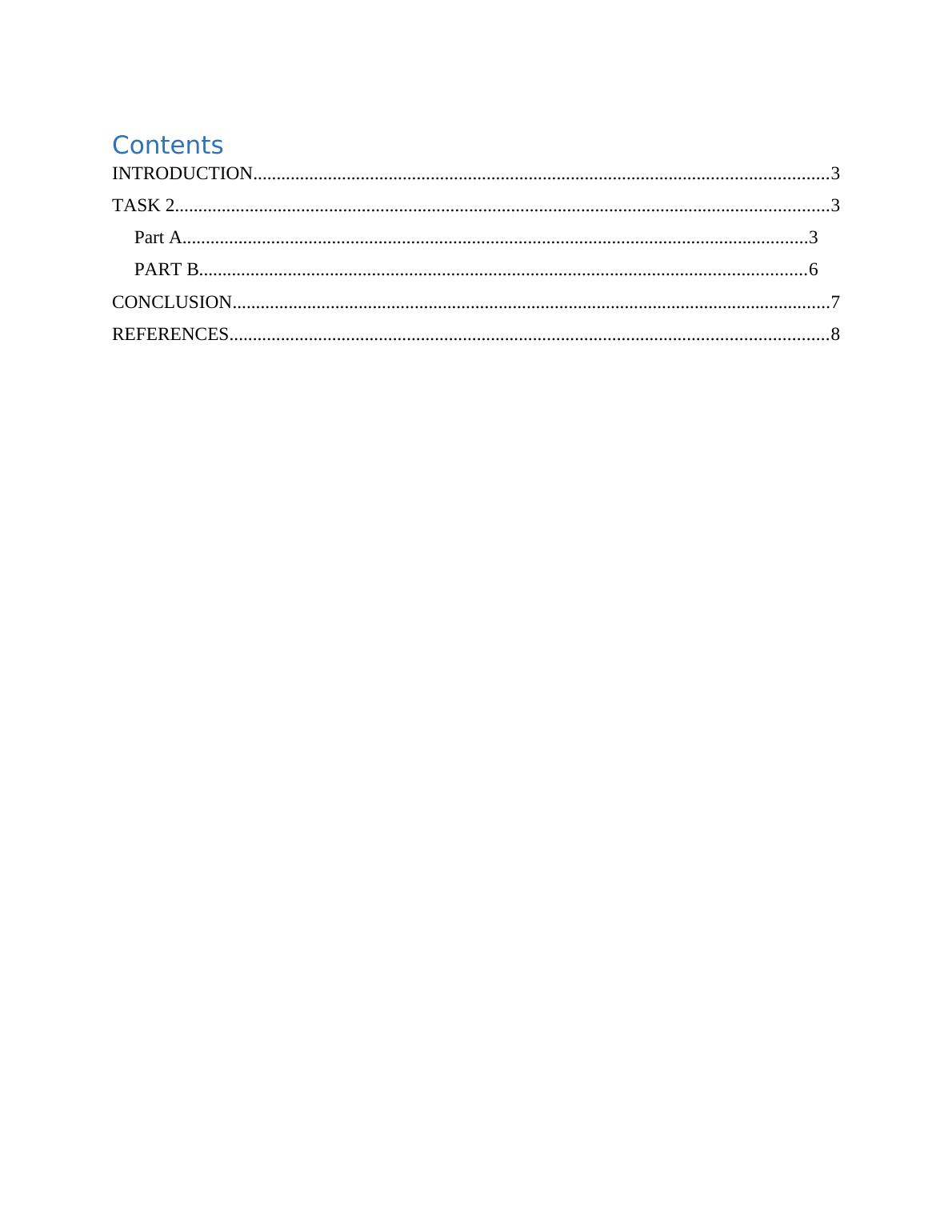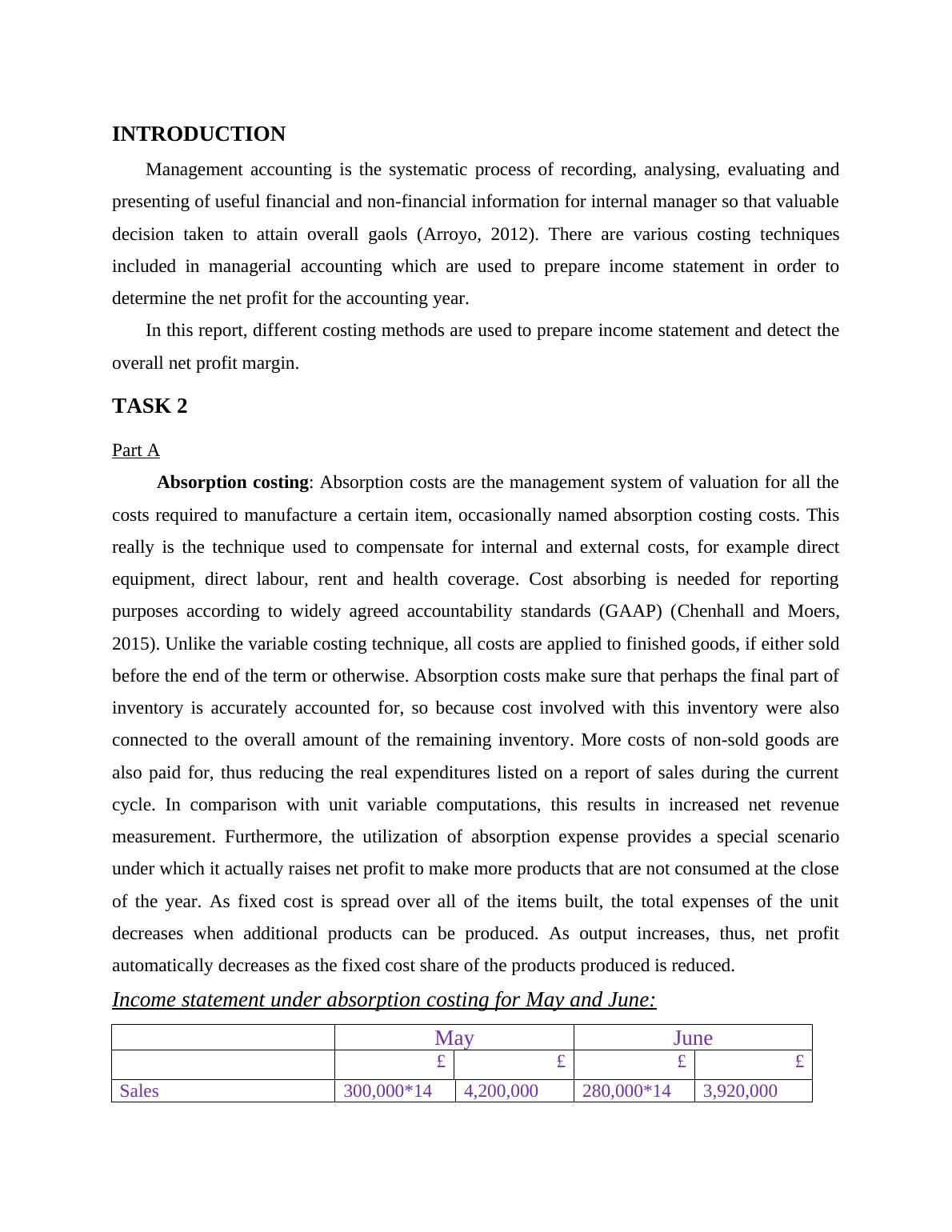Management Accounting: Absorption Costing vs Marginal Costing
Added on 2023-01-11
8 Pages1801 Words49 Views
End of preview
Want to access all the pages? Upload your documents or become a member.
Marginal Cost and Profit/Loss Calculation Based on Absorption Costing and Marginal Costing
|3
|595
|50
Absorption Costing vs Marginal Costing
|4
|615
|40
Costing Method Assignment (Solved)
|10
|2370
|49
Marginal Costing, Absorption Costing, and Income Statement
|13
|756
|77
Computation of Costs Under Absorption and Marginal Costing
|15
|3782
|422
Management accounting (IC)
|11
|479
|50



